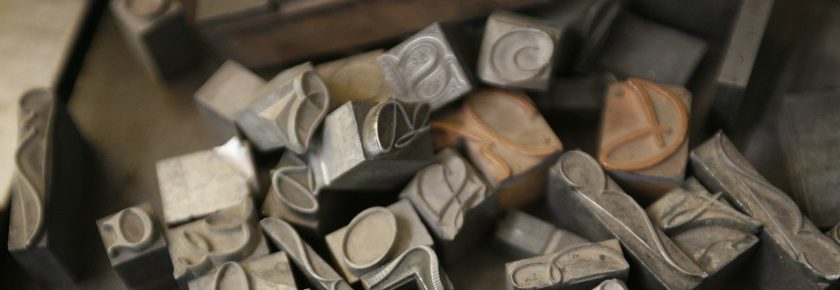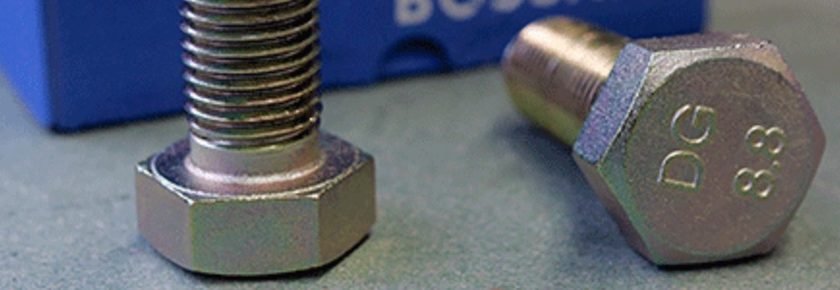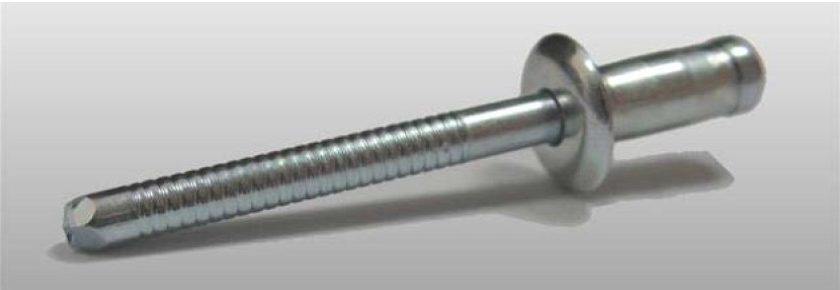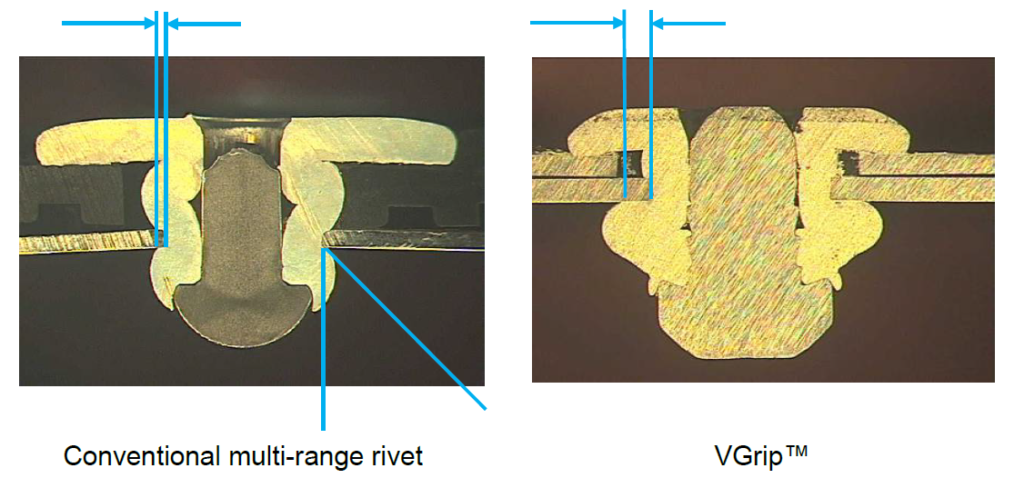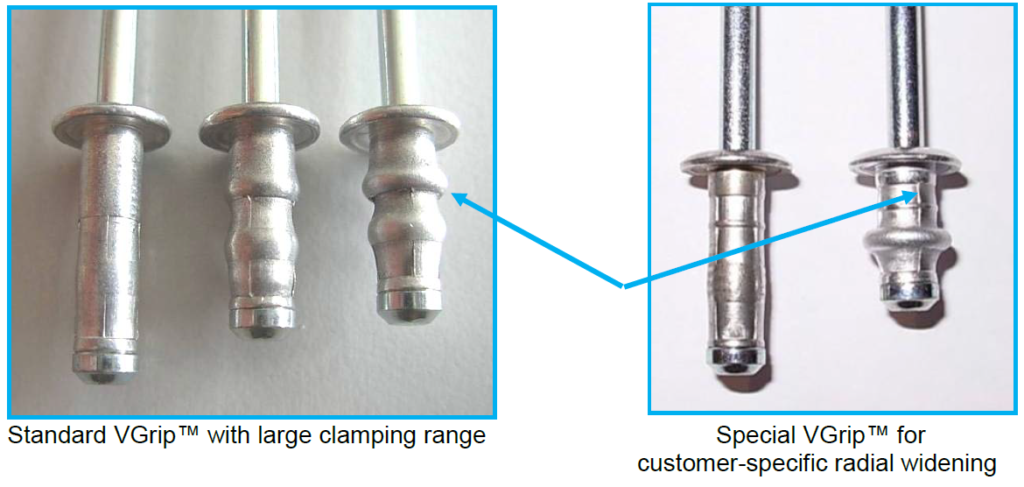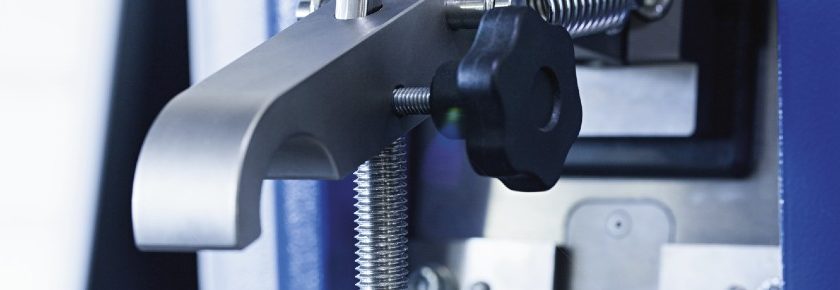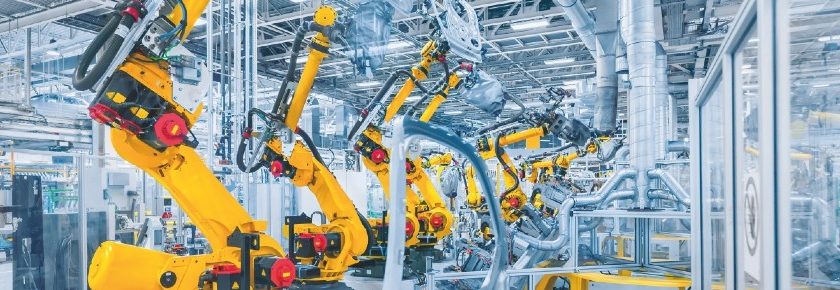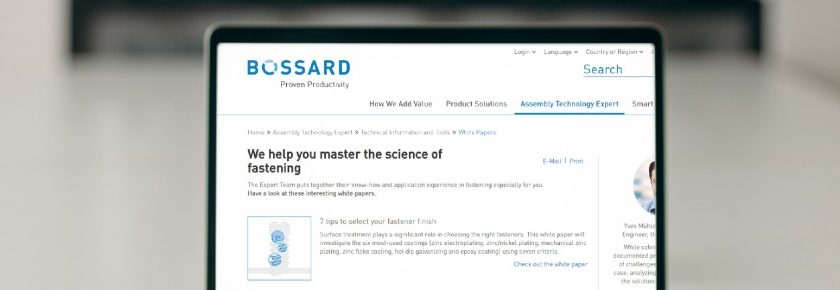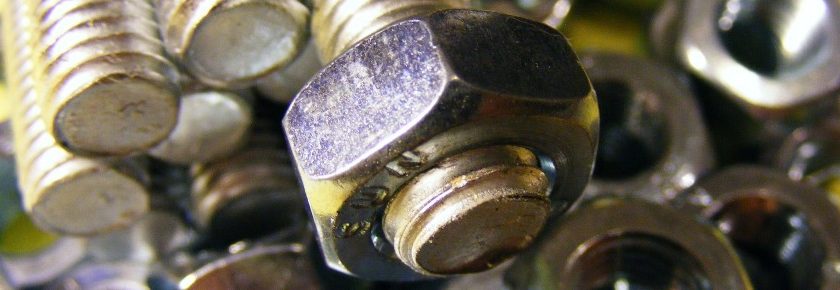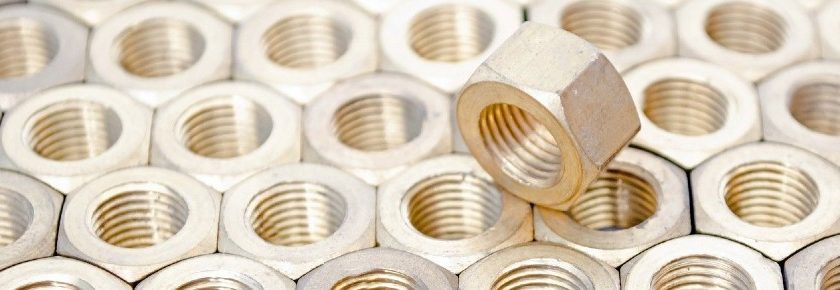Hardness is defined as a material’s resistance to an indentation or permanent deformation. Hardness measurement techniques started with the advent of the automotive industry and have since spread across a broad range of industries. Hardness measurement also plays an essential role in fastener and hardware manufacturing, as these components must be manufactured with deliverable quality consistency and resist a certain level of deformation and indentation.
Numerous industries have come to rely on hardness measuring techniques as part of their manufacturing controls. When it comes to fasteners and similar hardware, hardness testing offers an economical and non-destructive means of ensuring product quality throughout the manufacturing process. Hardness testing is also more straightforward and convenient when compared to tensile tests. Despite these advantages, hardness measuring techniques are not a standalone methodology. Such tests must be complemented with other application-related tests to completely fulfill fastener and hardware testing requirements.
Hardness measurement and the subject of hardness itself is a mature technology. Francis Khoo from the Bossard Expert Team explores both in greater detail in our professional white paper. The white paper touches on earlier hardness testing methods as well as preparation for hardness testing, including six crucial points to ensure consistent results. The white paper also explores hardness measuring techniques as applied to a variety of different fastener types and other hardware requiring hardness control.
Although the white paper discusses hardness measuring techniques and the application to fasteners, it does not touch upon dynamic hardness or compatibility between hardness and tensile strength, nor does it deal with hardness concerning tempering processes.
Download our white paper to learn more about hardness measuring techniques and their application to fasteners. If you have further questions about the white paper or simply want to learn more about Bossard’s extensive product line, email us at ProvenProductivity@bossard.com today.


